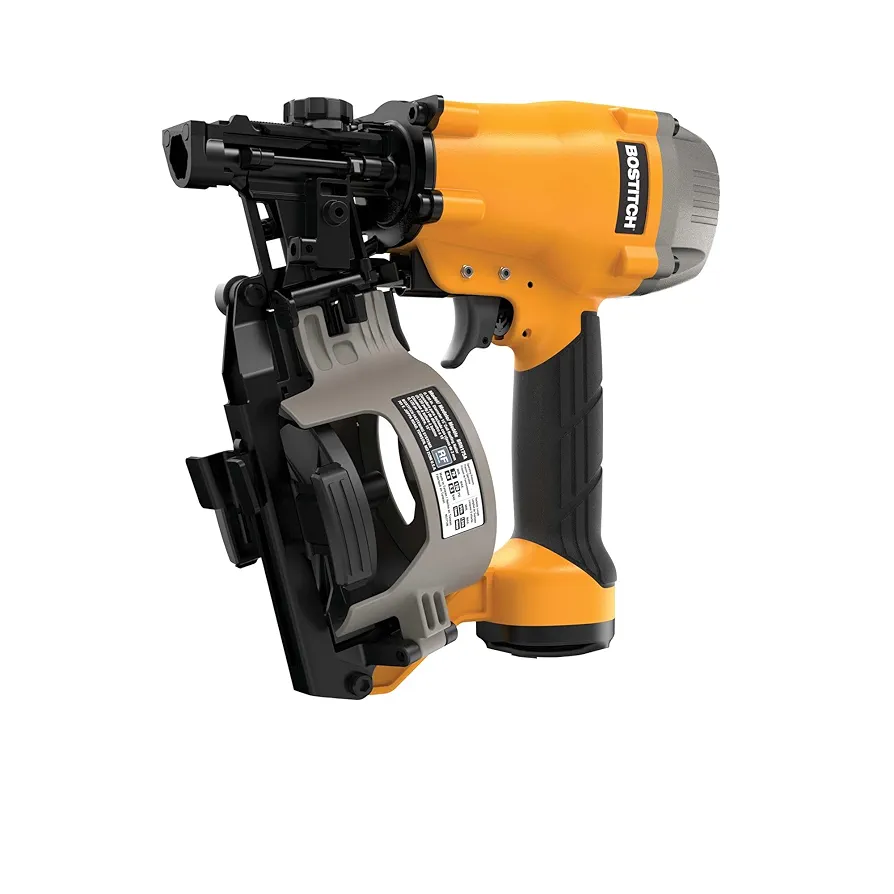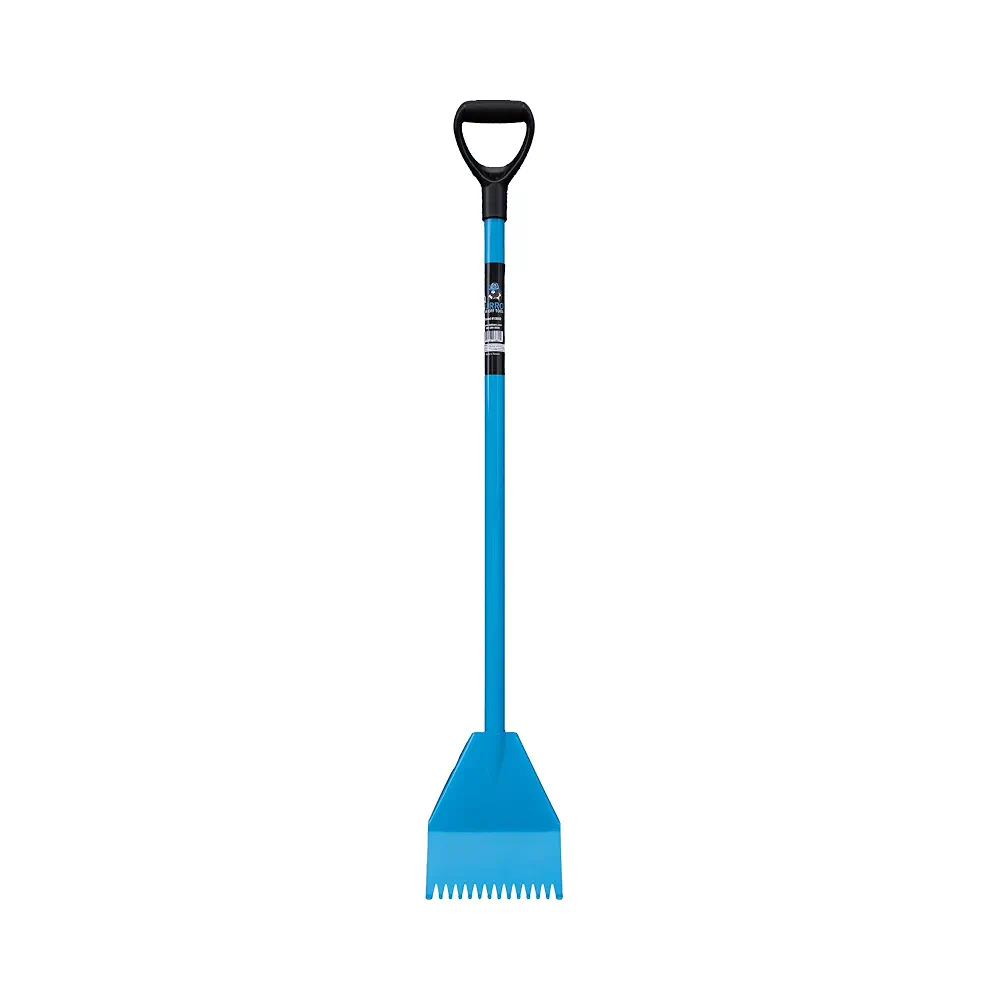📐 Roof Area Calculator – Roofing Square Footage Estimator
Calculate total roof surface area, roofing squares, and estimated material budget based on length, width, pitch, overhang, and number of roof sections.
This free roof area calculator works like a roofing square footage calculator, roof squares calculator, and starter roof cost estimator. Enter your dimensions and we’ll give you slope-adjusted area, total roofing squares, and an optional cost estimate. Use this before ordering shingles, underlayment, or metal panels.
Roofing Squares & Area Calculator
We’ll calculate total roof surface area (sq ft), slope-adjusted coverage, and roofing squares (1 square = 100 sq ft). We can also estimate cost using your price per roofing square.
Result will appear here
💡 Tip: Pitch factor turns flat footprint into real roof surface.
📏 Roof size guidance will appear here after calculation.
Cost & Materials (Optional)
Convert your total roofing squares into a working budget:
- • Roof replacement cost calculator (tear-off vs overlay)
- • Metal roof cost calculator (steel, aluminum, standing seam)
- • Flat roof cost calculator (EPDM, TPO, bitumen)
- • Roof repair cost calculator (patch + localized labor)
- • Roofing material estimator (shingles, felt/synthetic, flashing)
- • Roofing labor cost calculator (crew hours, slope difficulty)
Use this estimate as a starting point. Always confirm with 2–3 local roof quotes.
🧮 Roof Area Formula & Example
The roof area formula takes your flat footprint and applies a slope adjustment. Then we add overhang and multiply by total roof sections.
Roof Area (ft²) = (Length × Width) × Pitch Factor × Sections + Overhang Adjustment
Roof Squares = Total Area ÷ 100📘 Example Calculation
Example: 40 ft × 30 ft, 6/12 pitch (~1.12 factor), 12″ overhang, 2 sections:
- Base footprint = 40 × 30 = 1,200 sq ft
- Pitch-adjusted = 1,200 × 1.12 ≈ 1,344 sq ft
- Two sections = 1,344 × 2 = 2,688 sq ft
- Overhang adds ≈ 5% → ~2,822 sq ft
- Roof squares = 2,822 ÷ 100 ≈ 28.2 squares
Asphalt shingles usually need ~3 bundles per square, so that’s ~85 bundles plus 10–15% waste.
💲 Average Roof Cost Breakdown
Multiply your total roofing squares by these ranges to estimate budget. Includes basic labor.
| Roof Type | Cost / Sq Ft | Approx $/Square |
|---|---|---|
| Asphalt Shingle | $3.25 – $6.75 | $325 – $675 |
| Metal (steel / aluminum) | $6.50 – $11.00 | $650 – $1,100 |
| Clay / Concrete Tile | $8.00 – $14.00 | $800 – $1,400 |
| Flat Membrane (EPDM/TPO) | $4.00 – $7.50 | $400 – $750 |
| Premium Metal / Copper | $10.00 – $18.00 | $1,000 – $1,800 |
Add drip edge, flashing, ridge caps, vents, ice & water shield, dumpster / haul-away, and any tear-off labor.
⚠️ Common Roof Measurement Mistakes
- Only measuring one plane of a gable roof instead of both.
- Forgetting overhangs and soffits (adds 5–10%).
- Not applying a pitch/slope factor.
- Not rounding up to whole roofing squares when ordering.
- Mixing inches and feet in the same calc.
- Ignoring valleys, hips, starter strips, ridge caps, vents, flashing, drip edge, nails.
- Estimating cost per square foot using shingles only (labor matters a lot).
✅ Taking careful measurements first helps you avoid running short mid-install.
🌦️ Roof Size, Ventilation & Energy Cost
Bigger / steeper roofs change energy load. Darker shingles hold heat, raising attic temps; reflective metal or “cool roof” shingles bounce sunlight and can cut AC use by up to 15%.
- 🌡️ Light or reflective roofing helps in hot climates.
- 🌬️ Ridge + soffit ventilation extends shingle life.
- 💧 Proper drip edge and flashing protect fascia and decking.
- 🧱 Adequate attic insulation (R-38+) stabilizes indoor temps.
- 🔋 Flat roofs can use reflective coatings to dump heat load.
Smart material choice matters almost as much as area when you’re budgeting long-term.
Roof Area Formula, Pitch Factor Chart & Real-World Planning
Accurate roof measurement is step one before you buy shingles, metal panels, underlayment, ridge vent, and drip edge. This roof area calculator gives you fast numbers, but it’s still good to understand what’s happening under the hood.
✅ Quick Roof Area Formula
Take your length × width to get the base footprint. Multiply that by a pitch factor (to account for slope). Multiply by number of roof sections. Add overhang adjustment. That’s your real roofing surface.
Roof Area = (Length × Width) × Pitch Factor × Sections + Overhang Adjustment Roof Squares = Roof Area ÷ 100
The pitch factor is what turns a flat rectangle into actual sloped coverage.
📏 Pitch Factor Reference Table
| Roof Pitch | Approx Factor | Notes |
|---|---|---|
| Flat / Low slope (0–3/12) | 1.00 – 1.05 | Membrane or rolled roofing |
| 6/12 | ≈1.12 | Common asphalt shingle slope |
| 8/12 | ≈1.20 | Steeper, better runoff |
| 12/12 | ≈1.35–1.41 | Very steep, higher labor cost |
🧰 Pro Tips for Measuring a Roof
- Measure each roof plane separately and add them together.
- Include overhangs — they can add 5–10% to final area.
- Use a pitch app or level to get an accurate slope reading.
- Convert inches to feet (12" = 1 ft) before calculating.
- Add 10–15% waste for valleys, hips, starter, and ridge caps.
- Round your final answer up, not down.
Use this estimate to plan bundle count, drip edge length, underlayment rolls, and dumpster size. It also helps you compare quotes and push back on “mystery” upcharges.
❓ Frequently Asked Questions
What is a roofing square?
One roofing square = 100 square feet of roof surface. Shingles and underlayment are priced and sold per square.
How do I measure roof pitch?
Hold a 12-inch level flat against the roof, measure how many inches it rises at the far end. Example: 6" rise over 12" run = 6/12 pitch ≈ 26.6° and ~1.12 factor.
How much extra material should I order?
Usually 10–15% extra for waste, ridge caps, hips, valleys, and starter course — especially on cut-heavy roofs.
Can I estimate total roof replacement cost from this?
Yes. Multiply your roofing squares by cost per square (materials + install). Asphalt can be ~$325–$675 per square in many areas. Metal and tile cost more.
🔧 Recommended Roofing Tools & Supplies
Disclosure: This section contains affiliate links. As an Amazon Associate, we earn a small commission from qualifying purchases — helping us keep SmartRoofingCalculator free to use.





